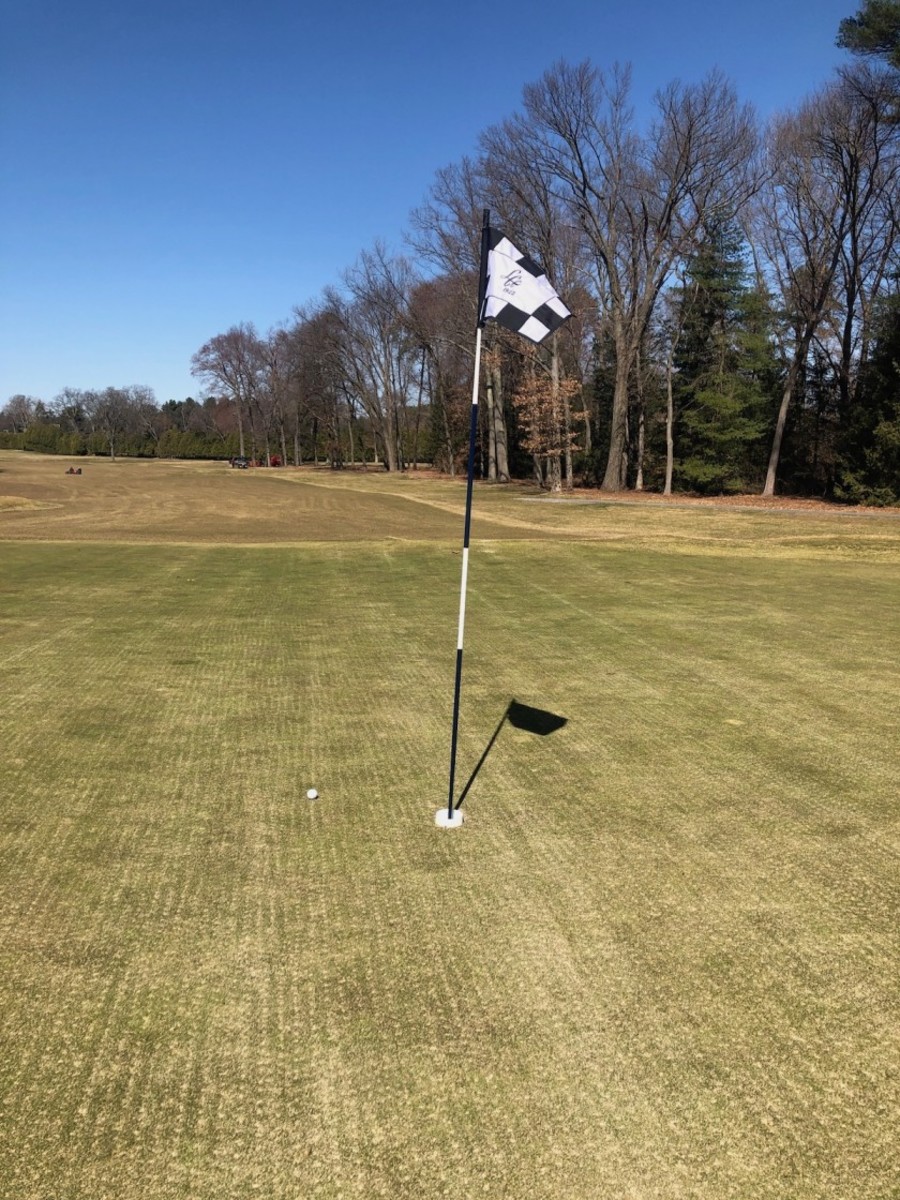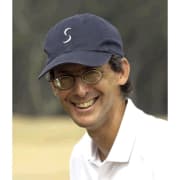A heads-up approach to a hands-off golf game in the days of coronavirus

HARTFORD, Conn. – It was my first round this past Saturday under the new guidance needed to deal with the coronavirus pandemic. Perhaps it would have been advisable to stay home, locked down and hermetically sealed. Of course, there are still those who, in disregarding the news all around us, think that business as usual is in order. Or that washing your hands before and after a public event suffices.
My own choice about being careful is to be sensible and side with caution, and to engage with others very differently than before. Which is why our four-ball at an unusually early mid-March season opener for central Connecticut played what we came to call “touchless golf.”

I’d advise it for the foreseeable future. Perhaps even long thereafter. It’s simply a matter of minimizing personal contact while getting in some exercise under the healthiest conditions imaginable these days: fresh air. Golf is ideally suited for our new world order, with a few minor adjustments needed along the way.
The change last year in the USGA’s guidelines allow the flagstick to be left in while putting. We utilized this to the fullest and never touched the pin. And when it came to raking bunkers, we limited ourselves to using our glove hand to do so – admittedly awkwardly. And frankly, it had me consider the possibility of playing golf these days without raking at all.

As for the standard handshake before and after the round or high-fives to celebrate a birdie or outstanding shot, forget it. There was no skin-to-skin contact. With my urging, we even avoided bumping elbows. Appreciative eye contact from 6 feet apart suffices nicely, thank you, among friends, colleagues or even golfing strangers. And you always can tip your cap and say something to affirm the message.
Our one concession to tactile sociability came at the end of the round, when in an impromptu gesture we raised our putters high overhead and formed a sort of tepee underneath as the putter blades clanked; though I would not have been to adverse to one of us holding back even there in an effort to save the surface of a valued putter from denting or damage.
We walked, carrying our own bags. I’m 65, am being treated for a compromised immune system, had right shoulder surgery last year and am awaiting left shoulder surgery later this year. I took a very light carry bag with eight clubs and never found myself with the wrong club, on a course we played at 5,800 yards – about 300 yards shorter than normal because of the cool temperatures (high 40s) and wet ground.
For those who must ride to play golf, I can only advise – as much as I hate the thought – of riding solo rather than shared. The intimacy of a shared golf cart brings up considerable risk of contact or exposure.
Golf facilities should be prepared to adjust their rates and policies accordingly. I’d also urge courses to encourage walking by providing lighter carry bags and push/pull carts at little or no cost on a per-round basis.
Golf these days provides a great way to get exercise. That’s especially the case because normal gym routines are highly questionable, given the susceptibility of gym equipment and facilities to viral transmission – both through direct contact with residue and indirectly via airborne means.
Our little venture of touchless golf gave me much to think about afterwards. About the adaptability of golf to a moment in history when everything has changed overnight. And also wondering the extent to which the game can maintain its status culturally and historically as a refuge from the day-to-day travails of normal life.
Perhaps I am being naive about the extent to which golf under modestly altered conditions can avoid contributing to the spread of this pandemic. Of course, I know and already have heard from fellow golfers who think I em exhibiting mouse-like behavior and succumbing to the worst fears of our day. But frankly, I hear and get the sense from more people that it’s the responsible thing to do to try reducing the risk of exposure. Even if you think you’re invulnerable and in ideal health, there’s still the strong potential of being a carrier who can hand off the illness to someone more vulnerable and likely to be more symptomatic than you are.
As for skeptics who think that nothing needs to be done in the face of a pandemic, the reasonable goal during a global outbreak isn’t to prevent the spread but to slow down the rate of transmission, lest our hospitals and emergency-response systems get overloaded.
All I know is that precautions are in order, and more are better than none. Somehow we must go on living our lives but will have to change things in the process. That’s the new normal in an era foisted upon us when nothing is normal anymore.
Sign up to receive the Morning Read newsletter, along with Where To Golf Next and The Equipment Insider.
